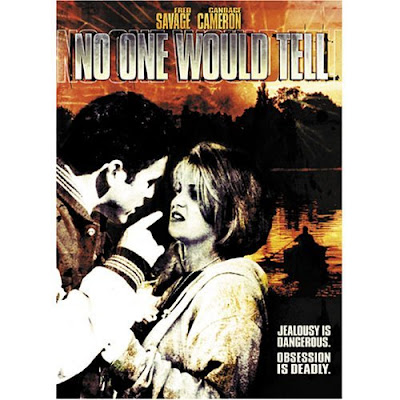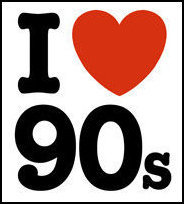We’ve spent a lot of time here at Children of the 90s talking about the many, many ways the adults in our lives tricked us into learning things by slipping educational elements into seemingly recreational endeavors. What we’ve glossed over, however, are the many toys our parents and teachers provided for us with the express purpose of education. These toys didn’t dance around their true nature with all sorts of flashy distractions; instead, they made playtime suspiciously similar to school time. Kind of a bummer.
Though our initial instinct for free time was probably not to play with these teaching toys, for some reason or other many of us ended up spending countless hours with them. Whether through parental persuasion or limited classroom free play choices, we often willingly picked up a Speak & Spell or a See n’ Say and engaged in its attempts at educational endeavors. These toys may not have held their own against the mindless allure of a Skip-It or Super Soaker, but for the most part they still hold that endearing nostalgic appeal.
Speak & Spell
Speak & Spell (and its multi-subject counterparts Speak & Read and Speak & Math) were the ultimate device for tricking kids into learning academic material during their leisure time. Cleverly disguised as games like hangman and memory, Speak & Spell bore into our heads valuable lessons about prefixes and suffixes, homophones, and word patterns. It was all just about as exciting as the machine’s monotonous voice.
2-XL
Teddy Ruxpin
Talk n’Play
For weeks I have been trying to remember what this device was called; a quick survey of my friends’ childhood memories led me to believe I had possibly made it up and it did not actually exist. Lo and behold, though, through the handy power of Google, its realness has been affirmed. Please tell me some of you owned this device, because I’d hate to be the only one reminiscing about its awesomeness.
The Talk n’ Play came with a variety of books, mostly featuring characters from Sesame Street and Alvin and the Chipmunks. It’s humorous now to realize I was once so wowed by a contraption that allowed me to electronically choose my own adventure with the press of a button--essentially the most basic function of every computer game. Nonetheless, this device once entertained me endlessly; I’m convinced if my Talk n’ Play were reunited, my delight in its reactivity to my responses would be just as exciting. I do think, though, that I would still feel guilty about defying Grover’s moratorium against pressing the red button in the book, “Don’t Push the Red Button.”
Alphie
Playskool’s Alphie was about as simple as a robot toy could get. It had relatively few electronic functions; most of the learning action relied on interchangeable cardboard cards you inserted into his display window. The Alphie toy was an educational staple in 80s preschools, entertaining toddlers with its low-level interactivity and hard-to-break durability. Playskool still makes the Alphie robot, but its space-age exterior and digital display bears little resemblance to the Alphie of our day.
See n’ Say
I know this came out in the 60s, but they were such a common presence in 80s and 90s homes and classrooms that I couldn’t leave the See n’ Say off the list. Without their handy pull string apparatuses, we may never have found out exactly what the cow or sheep say. For the record, it’s moo and baah. Thanks, See n’ Say!
K’nex
The ads made it look so easy: just follow the instructions and you will soon be the proud owner/operator of a spinning ferris wheel or speedy go-kart. In reality, though, these designs were incredibly difficult to duplicate, particularly without the aid of constant adult intervention.
Brain Quest
Note: If you’re looking for educational computer games, have no fear: I haven’t blatantly omitted them. There’s an entire post devoted to singing their praises. Check it out.




















